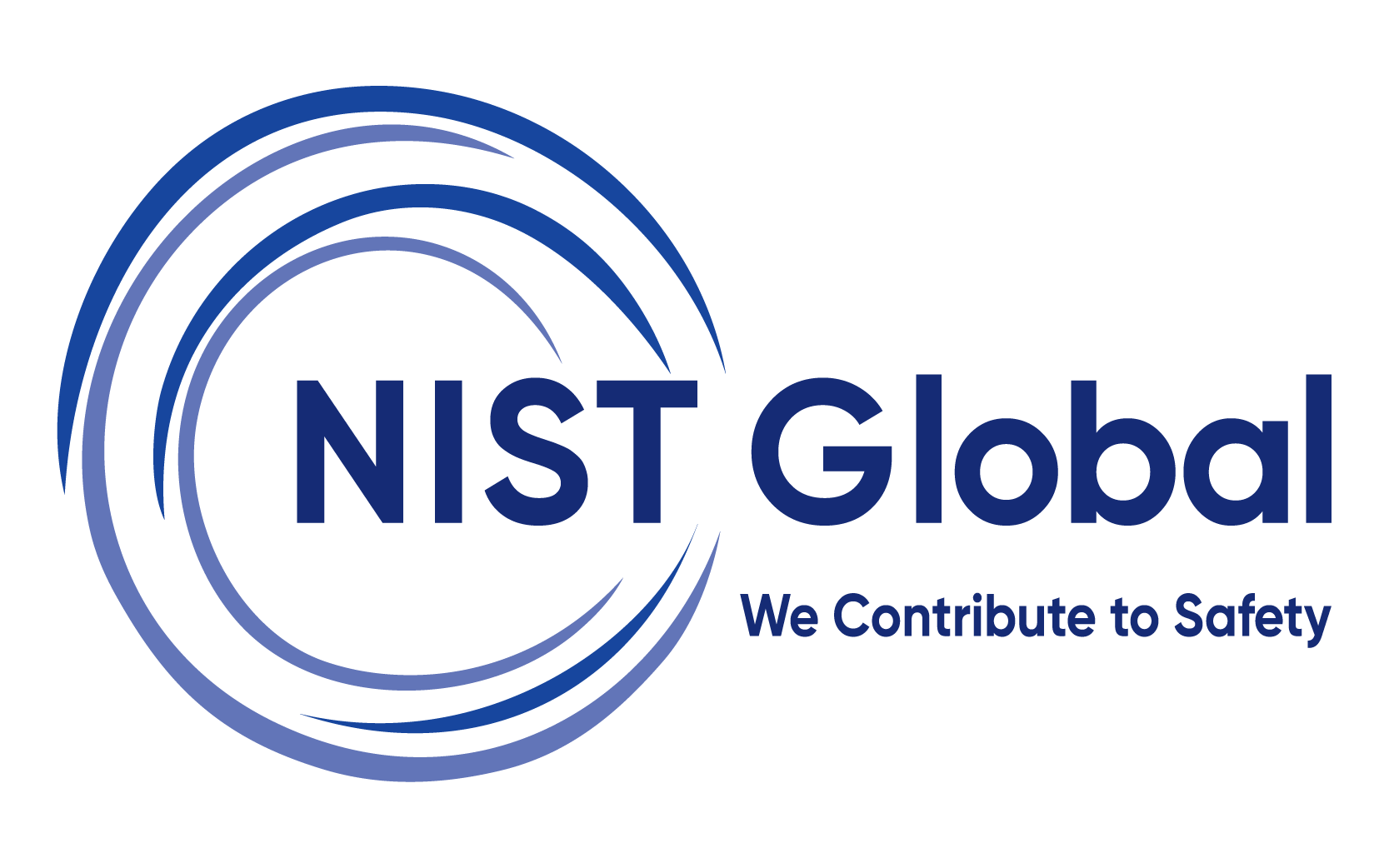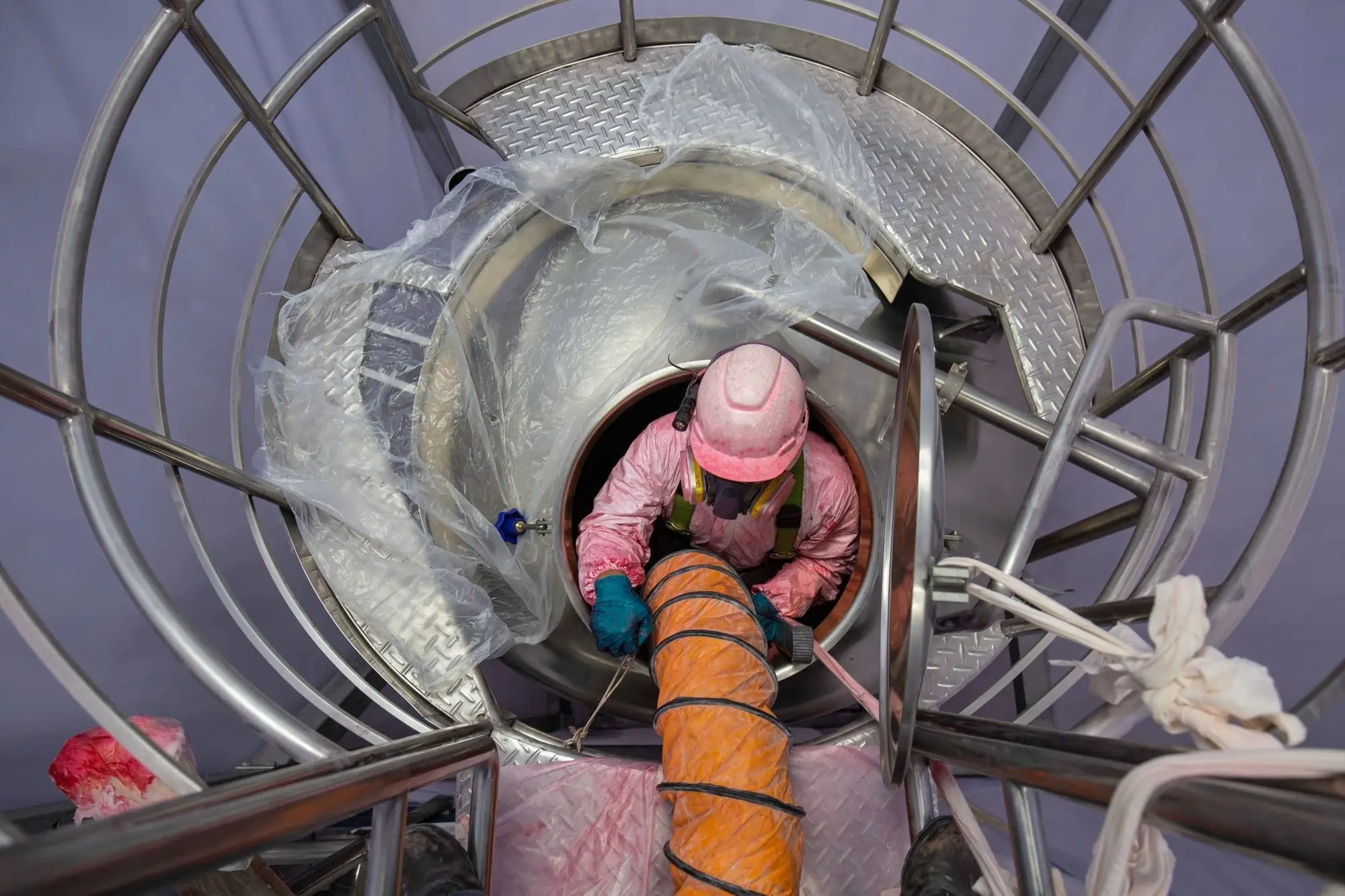Confined Space Entry
Confined spaces are work areas not designed for continuous occupancy and usually have limited entry and exit points. Tanks, silos, manholes, tunnels, pipelines, and storage tanks are few examples of the confined space. These spaces contains high-risk conditions such as oxygen deficiency, toxic gas accumulation, engulfment hazards, and restricted mobility, making them extremely dangerous if not managed with proper safety protocols.
Confined Space Entry Training
This course is designed to provide participants with the essential knowledge and practical skills required to work safely in and around confined spaces. It covers the identification and characteristics of confined spaces, hazards associated, atmospheric monitoring/testing, ventilation techniques, use of personal protective equipment (PPE), rescue planning, and the permit-to-work system. This course also says about individual responsibilities and organization requirements, safe entry and exit, emergency response planning, and compliance with relevant safety regulations and standards.
-
Duration1 day/2 day
-
Training ModeVirtual/Face to Face
-
LevelIntermediate/Advance
-
LanguageEnglish and other regional languages based on availability
Why Should Employers Invest in this Training?
- Prevent Fatal Accidents: Learn how to identify and prevent deadly confined space hazards. As working in confined space is life threatening risk due to limited access, hazardous atmospheres and potential foe engulfment and entrapment.
- Ensure Legal Compliance: Stay aligned with safety standards and other statutory requirements.
- Encourage Safe Work Practices: Create awareness and implement best practices for confined space entry and monitoring.
- Enhance Emergency Readiness: Gain skills to plan and respond effectively to confined space emergencies.
- Reduce Operational Risk: Minimize worksite incidents, downtime, and costly legal or medical consequences.
- Support Safety Culture: Empower teams to take proactive safety decisions and foster a culture of responsibility.
Training Objective
This Confined Space Safety training module is intended to equip participants with the necessary knowledge and practical skills to perform work in a safe manner within confined spaces. The module discusses the definition and nature of confined spaces, typical hazards like toxic gases, oxygen deficiency, and engulfment, and highlights the value of detailed hazard identification and risk assessment. It outlines safe entry and exit procedures, including the use of permits, buddy systems, and signage, and explains atmospheric testing, as well as ventilation and energy isolation techniques. Participants will learn to select and use appropriate personal protective equipment (PPE) and communication tools, including radios and signalling methods, to maintain constant contact during operations. Case studies in confined space safety and encourage reflective learning. The session concludes with a summary of key takeaways, a knowledge check through quizzes and scenarios, and participant feedback to reinforce learning outcomes and improve future training.
Training Methodology
Case Study
Analysis
Hands-On
Practice
Knowledge
Checks
Hazard
Identification
Virtual
Mode
Final
Assesment
How Will This Training Strengthen Workforce Readiness?
On successful completion of the Confined Space Safety Training course, the participants will gain the basic knowledge on
- Recognize Confined Space Hazards - Identify risks such as toxic gases, low oxygen levels, and engulfment.
- Perform Safe Entry & Exit - Put in proper entry procedures, permit systems, and exit strategies.
- Conduct Atmospheric Testing - Utilize gas detectors to measure and monitor air quality in confined space.
- Use PPE and Safety Equipment - Choose and use right personal protective equipment and ventilation tools.
- Understand Role Responsibilities - Fulfil duties of entrants, attendants, and supervisors as per safety standards.
- Respond to Emergencies - Take quick and appropriate action during confined space incidents and assist in rescue efforts.
Who can take this course?
This course is ideal for individuals who work in or are responsible for managing tasks involving confined spaces. It is suitable for both operational and supervisory roles across industries.
- Confined space workers and Technicians
- Maintenance workers
- Utility Workers
- Safety Officers and HSE Personnel
- Supervisors
Assessment
✅ Multiple-choice questionnaire (MCQ)
Training Mode
Face to face training
Virtual training

